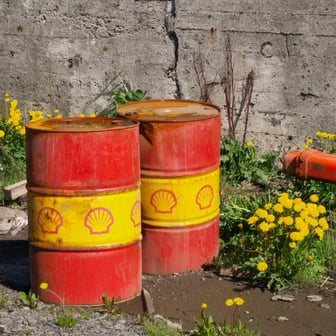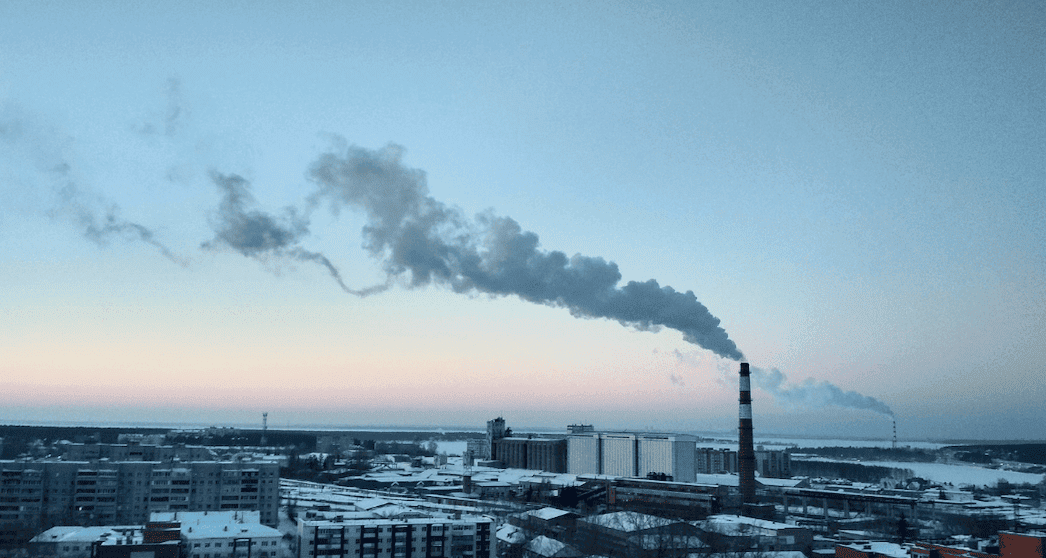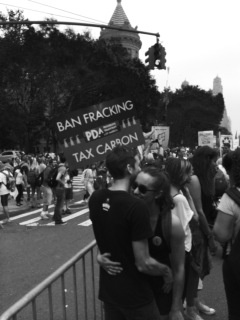By Carol Pierson Holding
According to Shell’s New Lens Scenarios, we’re headed for a carbon free future, where  solar will be the dominant energy source by 2100. The report got pretty universally upbeat press, praised in business and even environmental websites and by Amory Lovins, Chief Scientist of the Rocky Mountain Institute, who seemed to endorse the report: “Shell is the most far-sighted and strategic of the majors, largely because the Scenarios informed the thinking of Shell leadership and many others in the energy ecosystem.”
solar will be the dominant energy source by 2100. The report got pretty universally upbeat press, praised in business and even environmental websites and by Amory Lovins, Chief Scientist of the Rocky Mountain Institute, who seemed to endorse the report: “Shell is the most far-sighted and strategic of the majors, largely because the Scenarios informed the thinking of Shell leadership and many others in the energy ecosystem.”
And Shell gets the highest social responsiblity rating from CSRHub of any big oil company.
But assuming that the maximum additional carbon the earth can absorb is 565 gigatons of CO2 and that study after study predicts that “carbon emissions will grow by roughly three percent a year… (exceeding the) 565-gigaton allowance in 16 years,” we’ll be facing Armageddon long before we’ve shifted from carbon-producing fuel to Shell’s scenario.
Shell’s future scenario is hardly encouraging.
Up to now, I have been a huge admirer of Shell’s scenario planning. I first heard about its brilliant insight that the Soviet Union would collapse, information it kept secret while snapping up cheap Soviet oil leases. They also predicted the 1970s oil crisis and the end of Apartheid. They have a lot of credibility.
So how can Shell’s prestigious forecasting group predict a carbon free world when its strategy is to “reinforce our position as a leader in the oil and gas industry?” When it sold its solar business in 2006 to SolarWorld once they realized that solar business profits would never match the oil and gas business? Is scenario planning really that separated from corporate communications?
Then there’s the language problem. We all recognize the difference between short term exigencies and long term “unknown unknowns” as the study’s lead Jeremy Bentham, VP Business Environment and Head of Shell Scenarios, calls it, quoting Donald Rumsfeld. It's the phrase he used when explaining the link between Baghdad and terrorist cells.
Is Shell suggesting that like Rumsfeld, its people are smart enough to get away with a lie of monstrous proportions?
As a recovering capitalist, I tend to be overly cynical, especially when it comes to corporations using socially responsible research as promotion. But here, there is a case to be made.
Shell’s scenarios promote natural gas to ease the transition from fossil fuels. Why? 48% of Shell’s current production is natural gas and the company is spending big to increase its dominance, especially in liquefied natural gas (LNG). In addition to owning the world’s largest gas-to-liquids production plant , the $18 billion Pearl GTL in Qatar, Shell is investing in other liquefied natural gas projects:
- Just three weeks ago, Shell acquired Repsol’s LNG businesses for $6.7 billion.
- Last week, Shell announced it would build two plants, one in Louisiana and one in Ontario, to liquify natural gas for use in transport vehicles.
- Using an undisclosed piece of its $1 billion+ R&D budget, Shell is developing technology to mine huge deposits of oil shale in Colorado and Wyoming – as Dan Denning of The Daily Reckoning reported, where “estimated U.S. oil shale reserves total an astonishing 1.5 trillion barrels of oil – or more than five times the stated reserves of Saudi Arabia.”
What Denning, a financial journalist, doesn’t say is what will happen when Shell and others release carbon emissions from another 1.5 trillion barrels of fossil fuel, even if it’s in the form of liquefied natural gas. Because once Shell figures out a way to mine that shale without violating EPA regulations, those reserves won’t sit untapped for much longer.
Shell’s scenarios do come with a caveat: results would be altered by “major geopolitical shifts.” Ironically, the week after Shell published its scenarios, Yale University released its 2012 report of American attitudes towards climate change: the Alarmed cohort has grown from 10 percent of the American adult population in 2010 to 16 percent in 2012. At the same time, the percentage of those who dismiss climate change have decreased, from 16 percent in 2010 to 8 percent in 2012.
Does a critical mass of outraged citizens qualify as a “major geopolitical shift”? Think of the Vietnam War. Or Apartheid, a truly global protest. We may not be there yet, but as climate change impacts get worse, so will the outrage.
Photo is courtesy of Atli Harðarson
Carol Pierson Holding writes on environmental issues and social responsibility for policy and news publications, including the Carnegie Council's Policy Innovations, Harvard Business Review, San Francisco Chronicle, India Time, The Huffington Post and many other web sites. Her articles on corporate social responsibility can be found on CSRHub.com, a website that provides sustainability ratings data on nearly 7,000 companies worldwide. Carol holds degrees from Smith College and Harvard University.
CSRHub provides access to corporate social responsibility and sustainability ratings and information on nearly 7,000 companies from 135 industries in 82 countries. Managers, researchers and activists use CSRHub to benchmark company performance, learn how stakeholders evaluate company CSR practices and seek ways to change the world.



